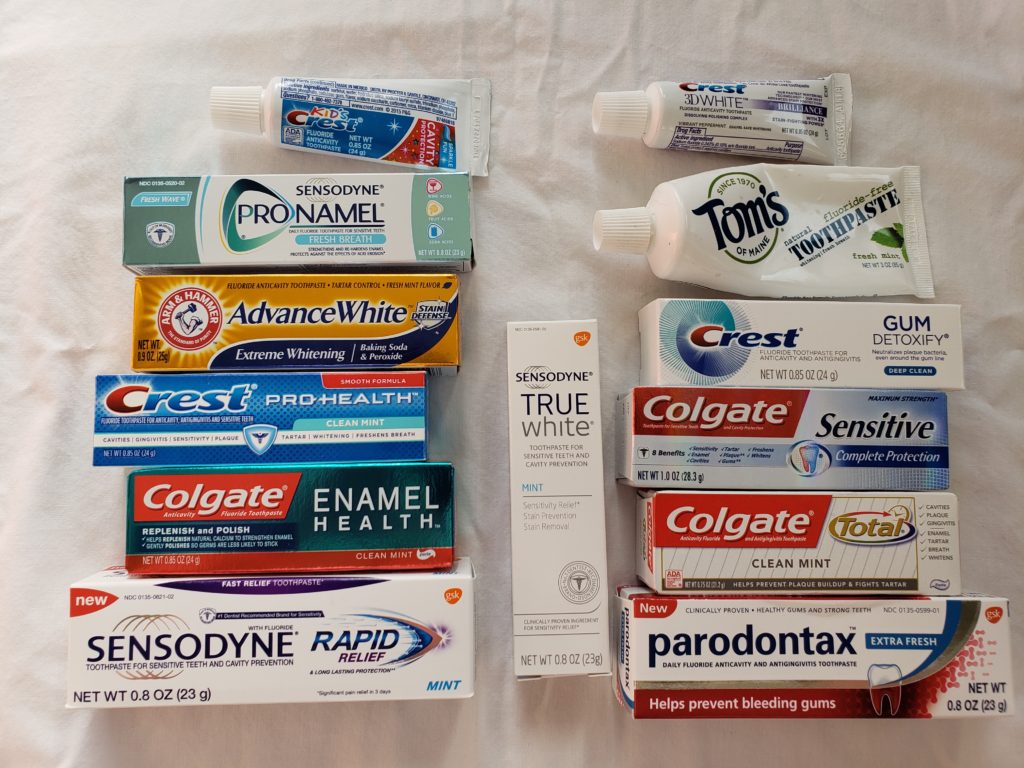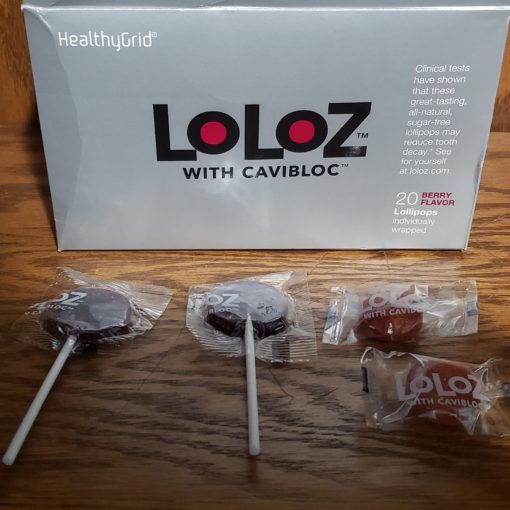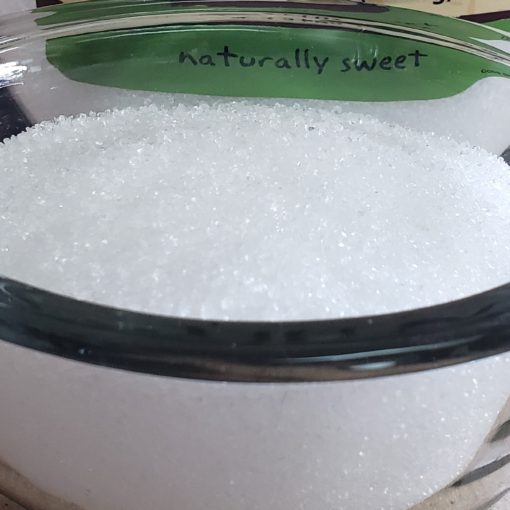TOOTHPASTE: What are the Differences
In the dental aisle of the store there are a dizzying array of toothpaste options. The array of options range from anti-cavity to tartar control to whitening to desensitizing to dry mouth. A common question I am asked daily is, “Which toothpaste should I be using?” This is an easy yet complicated answer.
Some questions to keep in mind
- Are your teeth sensitive? If yes, avoid whitening and tartar control toothpaste they tend to be more abrasive—which can increase sensitivity. Seek for desensitizing toothpaste. Make sure fluoride and/or potassium nitrate is an ingredient in the product—that will improve sensitivity.Do you get a lot of stain? Whitening toothpastes help—but very minimal.
- Do you produce a lot of calculus? Tarter control can help—again it’s very minimal but it can help.
- Do you have a dry mouth? Dry mouth toothpaste will help soothe the mouth.
- Do you tend to get sores in your mouth or break out with a burning, irritation sensation, or experience sloughing of the tissue? A toothpaste with sodium lauryl sulfate can aggravate the mouth. People tend to be allergic to this ingredient in products. Another allergen is the flavor of cinnamon.
Desensitizing
Desensitizing toothpastes do not cure the sensitivity, but it takes the edge off. These toothpastes function by staying on the teeth. For best results, after brushing, just spit the extra toothpaste out, do not rinse. The main ingredients for sensitivity are, potassium nitrate, fluoride, and strontium chloride. Strontium chloride plugs the open tubules that run from the outside of the tooth to the nerve, to disable the ability of cold and heat sensations to reach the nerve. Potassium nitrate works by blocking the mechanism of pain transmission between nerve cells. Fluoride, usually stannous, strengthens the tooth structure to reduce the sensitivity.
Tartar control
Tartar control toothpastes do not remove tartar, but it does slow the process down. The agents used are Pyrophosphates, which are water-softening agents that remove calcium and magnesium from the saliva to prevent the minerals from sticking on the teeth creating tartar.
Whitening
Whitening toothpastes remove the superficial stains on the teeth. It doesn’t whiten the teeth it keeps the staining at bay by using abrasive agents. The common agents are hydrogen peroxide, carbamide peroxide, sodium carbonate peroxide, hydrated silica and baking soda.
Dry mouth
Dry mouth promotes many challenges with eating, swallowing, talking, and just existing. This is very uncomfortable. These toothpastes can help relieve the symptoms by soothing and moisturizing the oral cavity.
Anti-cavity
Anti-cavity toothpastes will have fluoride in them such as sodium and stannous fluoride. For fluoride to work it needs to stay on the teeth. After brushing, spit the extra toothpaste out and leave the residual to bathe on your teeth.
Anti-gingivitis
These toothpastes have antibacterial agents, zinc, triclosan and stannous fluoride, to fight the growth of bacteria and formation of plaque. Zinc, a bacteriostatic, stops the growth of plaque bacteria by inhibiting their metabolism. Triclosan, a bactericidal, induces damage and lesions to the cell wall of bacteria resulting in death of the cell. Stannous fluoride, is the double whammy a bactericidal and bacteriostatic to reduce the growth of bacterial.
Natural
These toothpastes tend to use oils and herbs with flavor, antibacterial or antiseptic properties. Common ingredients are tea tree oil, mint, cinnamon, and thyme. Whereas, commercial toothpastes add in colors, flavors and sweeteners.






